Latest NRAO News
News is managed by NRAO News & Public Information. Questions about News? Have a story to share? Want to interview a scientist or create new media about our telescopes?
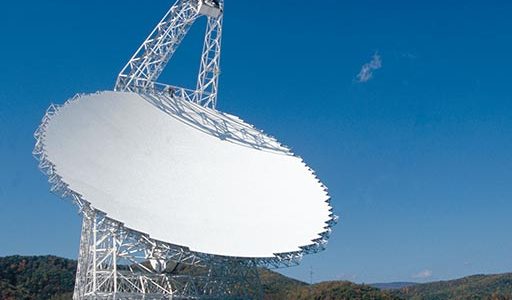
AUI and NRAO signed agreement with WVU to Use GBT
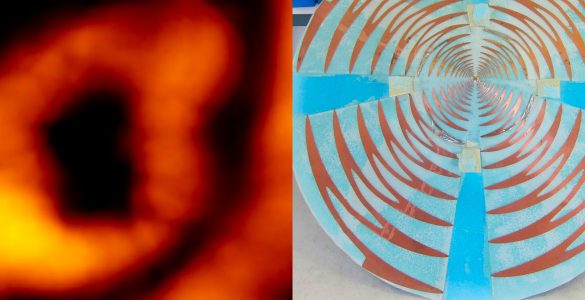
NRAO Media Tip Sheet September 2015: Science, engineering, and technology milestones.
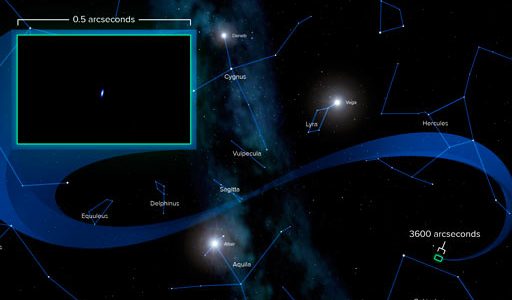
Earlier this year, the National Science Foundation’s Very Long Baseline Array telescope turned its gaze to NASA’s famed Voyager 1 and captured an image of this iconic spacecraft’s faint radio signal.
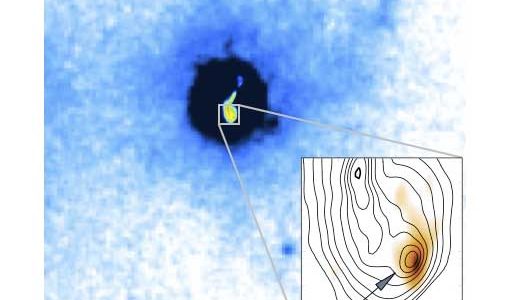
Astronomers using a worldwide network of radio telescopes have found strong evidence that a powerful jet of material propelled to nearly light speed by a galaxy’s central black hole is blowing massive amounts of gas out of the galaxy.

ALMA has opened another window on the Universe as astronomers successfully used the new Band 8 receivers to observe the distribution of atomic carbon in a planetary nebula dubbed NGC 6302.
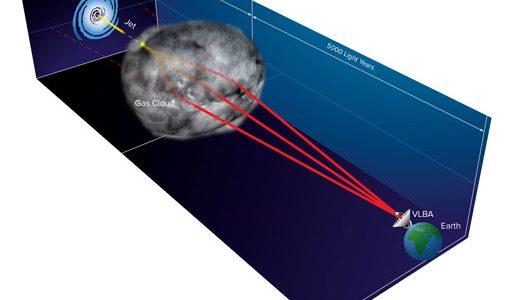
For the first time, astronomers have seen the image of a distant quasar split into multiple images by the effects of a cloud of ionized gas in our own Milky Way Galaxy.





